Personal Report of Communication Anxiety: A Reflective Analysis
VerifiedAdded on 2023/04/25
|5
|799
|417
Essay
AI Summary
This essay presents a personal reflection on communication anxiety based on the Personal Report of Communication Anxiety (PRCA). The author, initially surprised by a high anxiety score of 107, delves into the individual scores for meetings, interpersonal communication, group discussions, and public speaking, each registering an equal score of 18. Despite experiencing nervousness, the author identifies a genuine enthusiasm for group discussions as a strength. The essay further explores strategies outlined in Chapter 9 for focusing energy and self-motivation to alleviate communication anxiety, including practicing speeches, positive visualization, and setting realistic expectations. The author emphasizes the importance of thorough preparation, seeking feedback, accepting mistakes, visualizing success, and formulating realistic goals to improve communication skills and reduce anxiety. The essay concludes with a reference to McCroskey's work on rhetorical communication.
1 out of 5
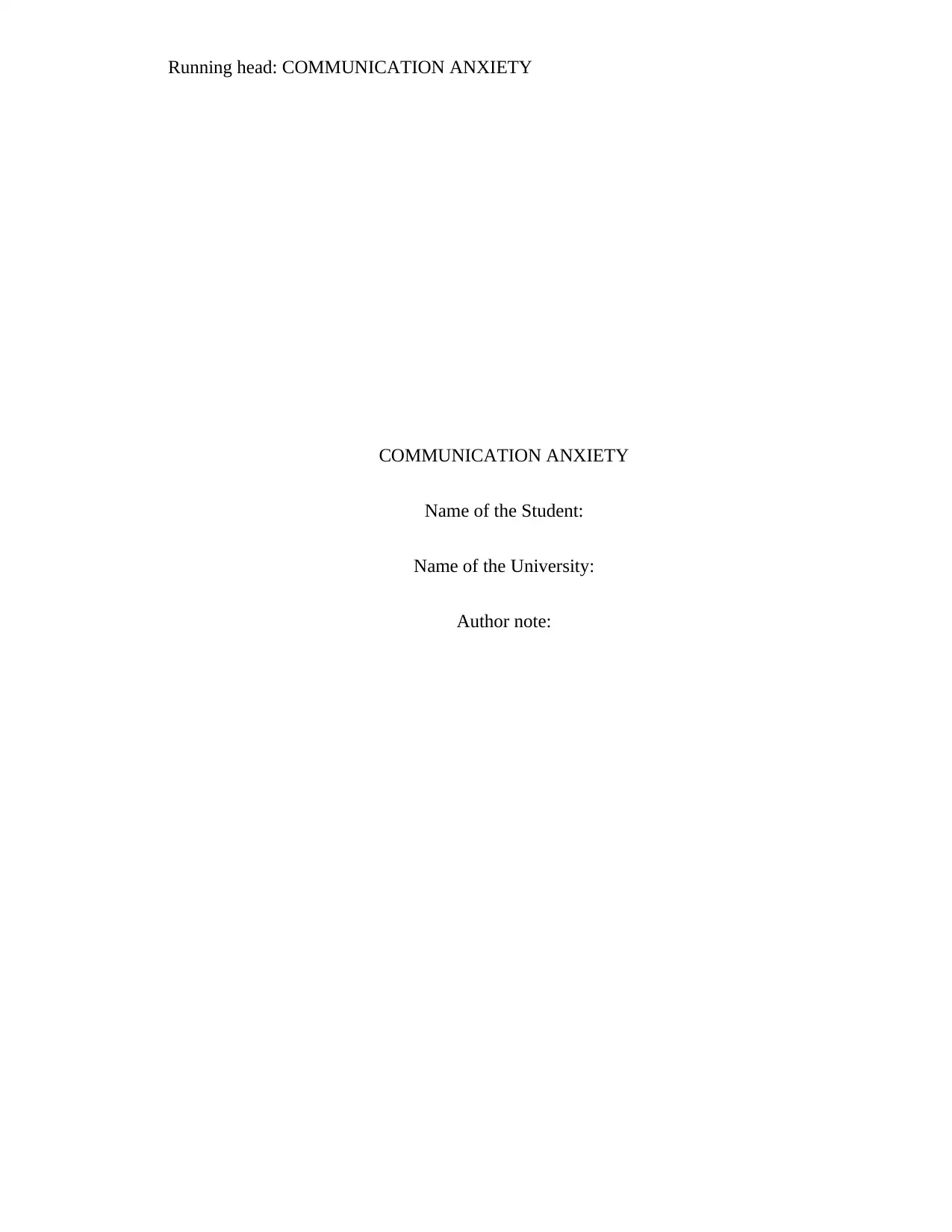
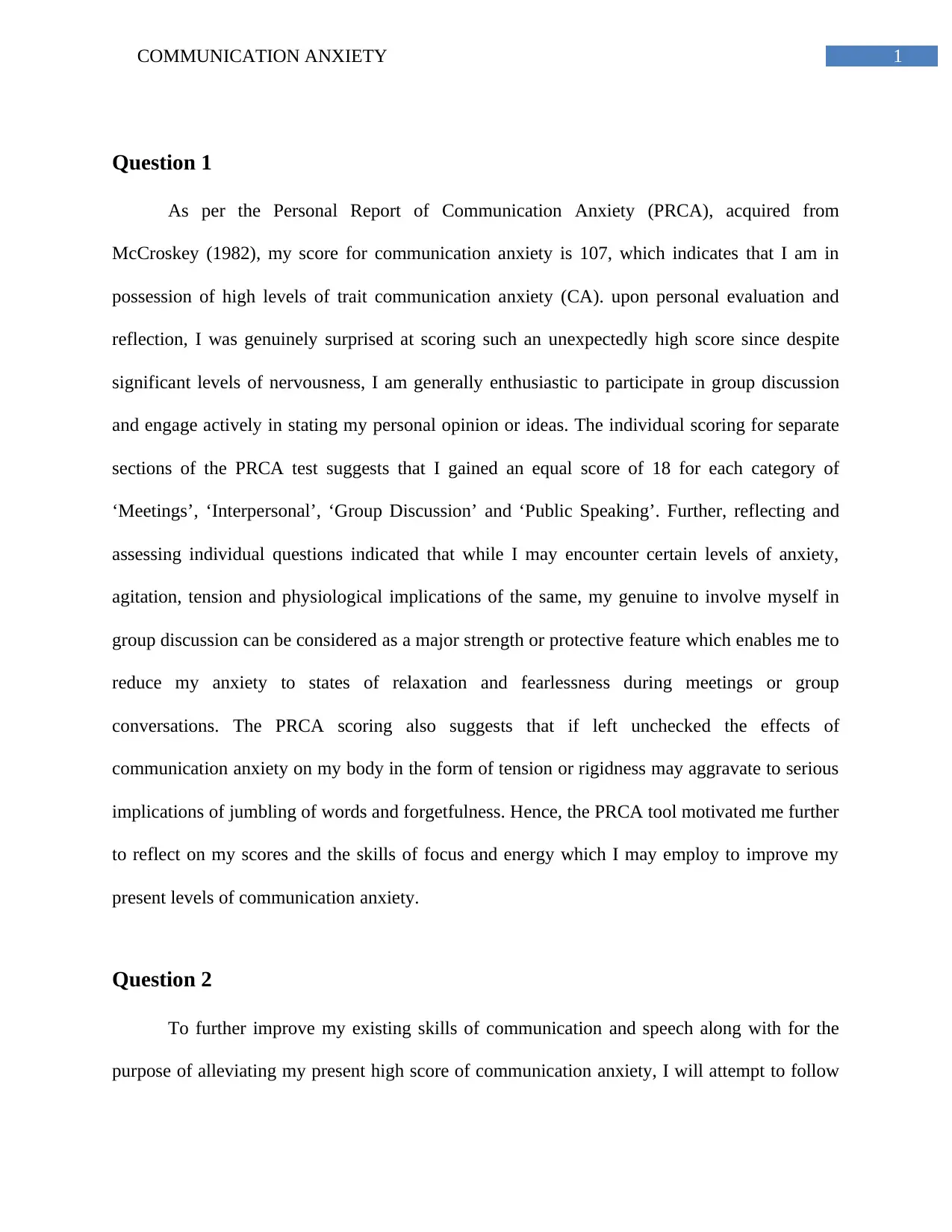
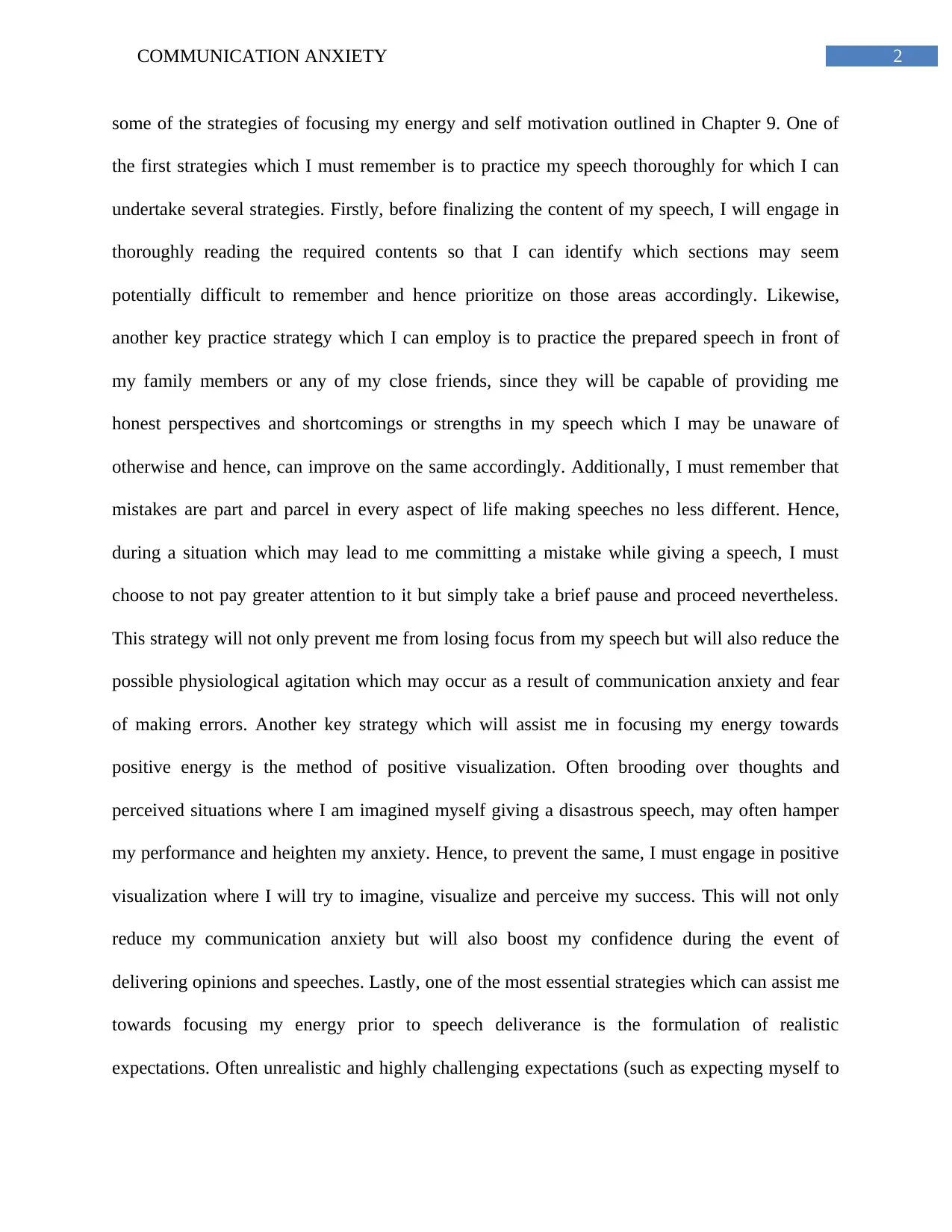

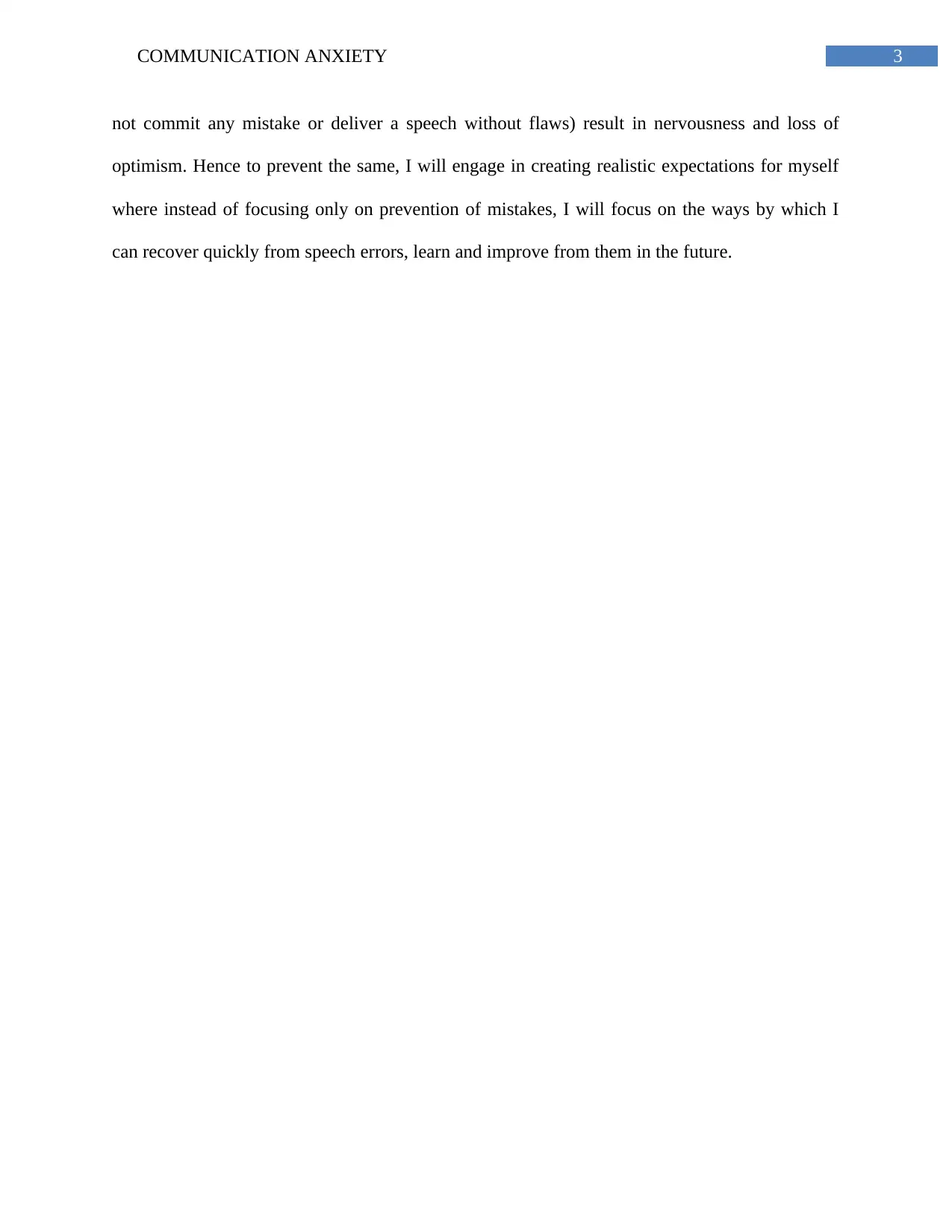
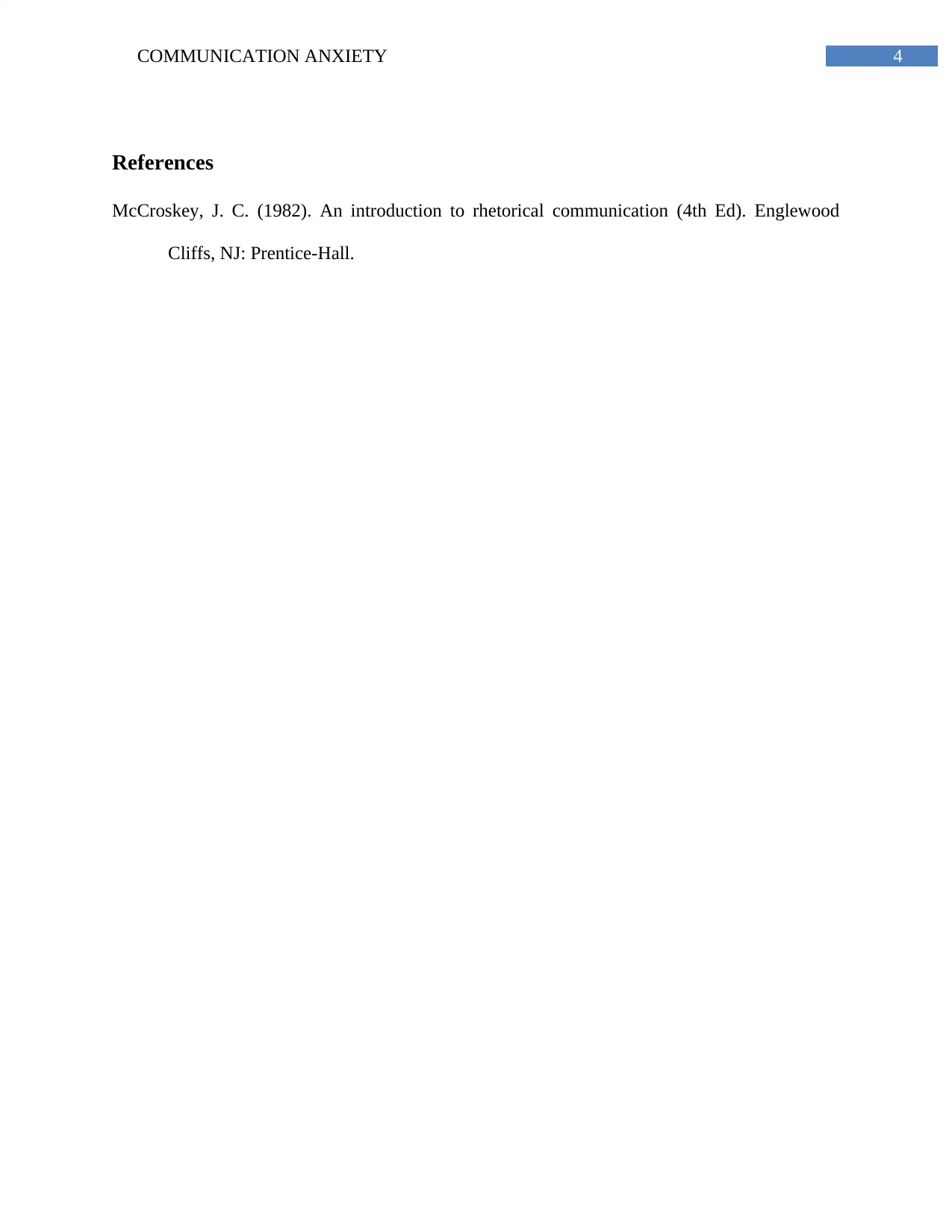




![[object Object]](/_next/static/media/star-bottom.7253800d.svg)